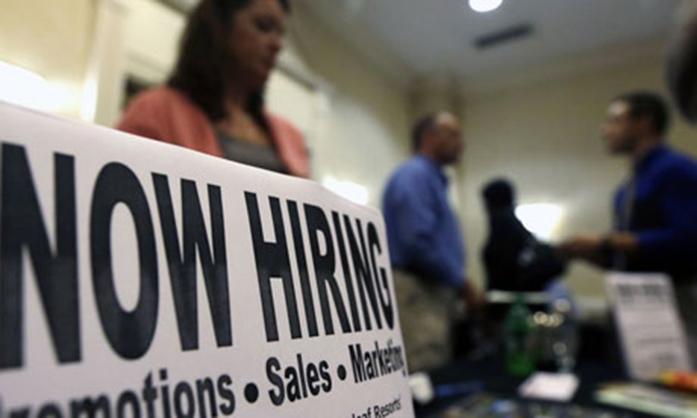By Sarah Stortz
sarah-stortz@uiowa.edu
Businesses in the Iowa City area may need to hang up more Help Wanted signs on their front doors, based on recent data from a local worker group.
Every year, the Iowa City Area Development Group surveys how many open positions there are in the community.
DaLayne Williamson, the workforce business services director for the group, said the number of open positions in the community’s job market has noticeably increased since the last year.
“Last year, local interstate commerce companies told us they had 471 open positions at the time we interviewed them,” she said. “The previous year, the number was 385. This does not include positions at non-interstate commerce companies, such as retail, banks, schools, hospitals, but they are seeing shortages, too.”
The types of employers affected the most, she said, are ones that require skills of manufacturing and high tech area.
Development Group President Mark Nolte said the decrease in workers has been an ongoing trend for the past decade; he attributed the scarcity of workers to the lack of interest from the younger generation in terms of the location and type of job.
“There’s a misalignment on what we’re graduating in terms of skill and what employers are looking for,” Nolte said. “[For example,] we graduate a lot of students specializing in finance, but our local market doesn’t absorb them as well.”
Nolte noted that factory-oriented jobs are particularly low in employees.
“We need more workers in the industrial change, but it’s harder for them to think about that.” Nolte said. “We’re trying to help young people fit where the economy needs people.”
Tina Hoffman, the communications and advertising director for Iowa Economic Development Authority, attributed the strong economy as a reason for the worker shortage in Iowa City.
“We unfortunately have more jobs than people,” Hoffman said. “The economy is growing so we’re creating more jobs that people can handle. We have the ability to do the training. It’s an issue that are companies aren’t finding the right people.”
Nolte shared his concerns for the community’s future with less people taking in jobs.
“It limits companies’ ability to grow. If the company doesn’t have enough employees, they may have to downsize or move somewhere else,” Nolte said.
Despite the workforce in Iowa City continuing to go downwards, the employment issue pales in comparison with other areas of Iowa.
The Iowa WorkForce Development stated in its 2017 Iowa Labor Force Summary that Johnson County has a 2.8 percent unemployment rate; the state average is 3.3 percent.
In hopes to attract more workers, Nolte said the Development Group will try to persuade residents in a younger age range to apply for jobs.
“We’re trying to make company culture appeal to millennials,” Nolte said. “We also try to recruit people outside of the city. We need to do a better job in understanding what university students want in a community after they graduate. This will help them stay after they graduate.”



